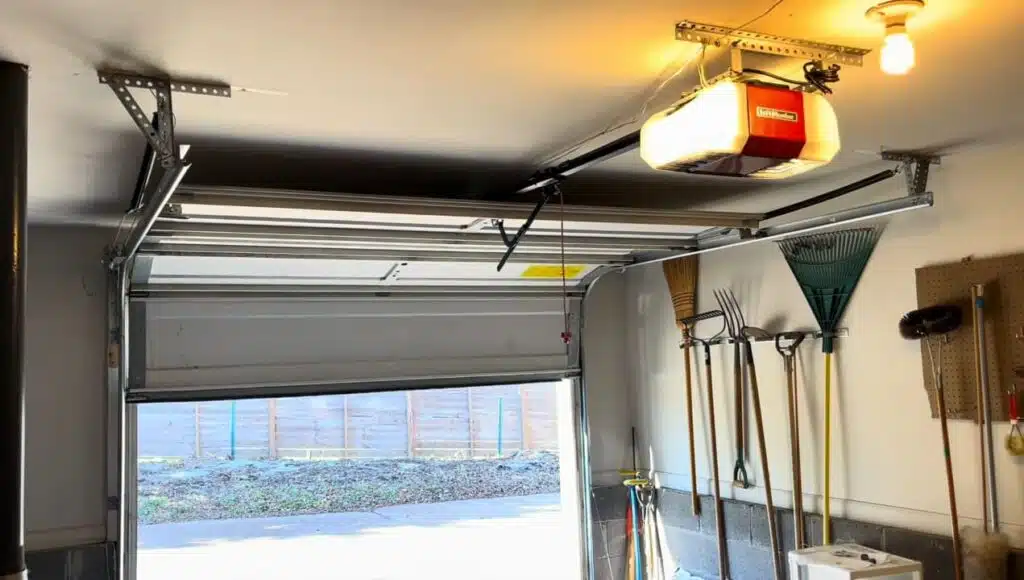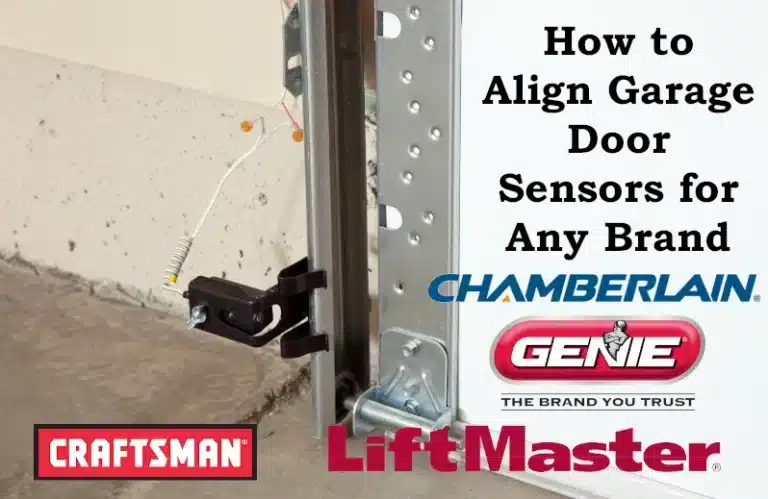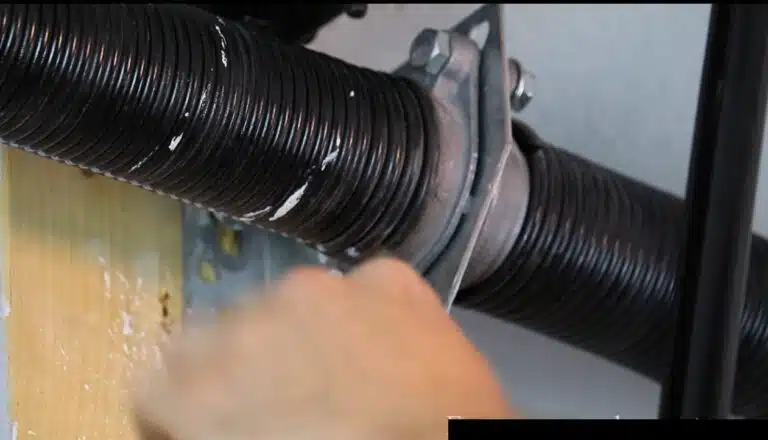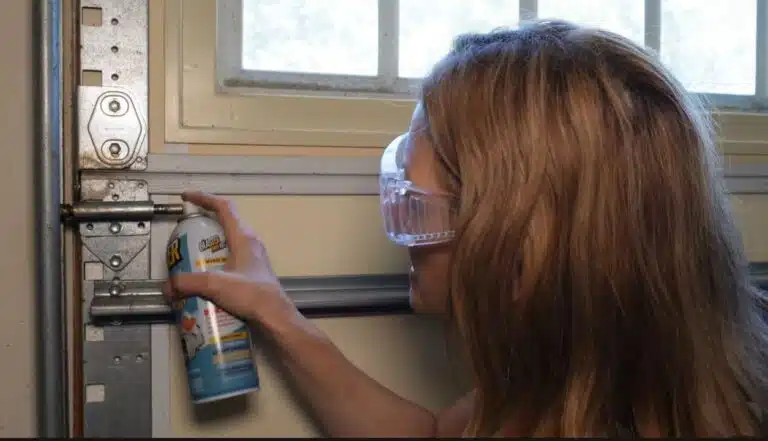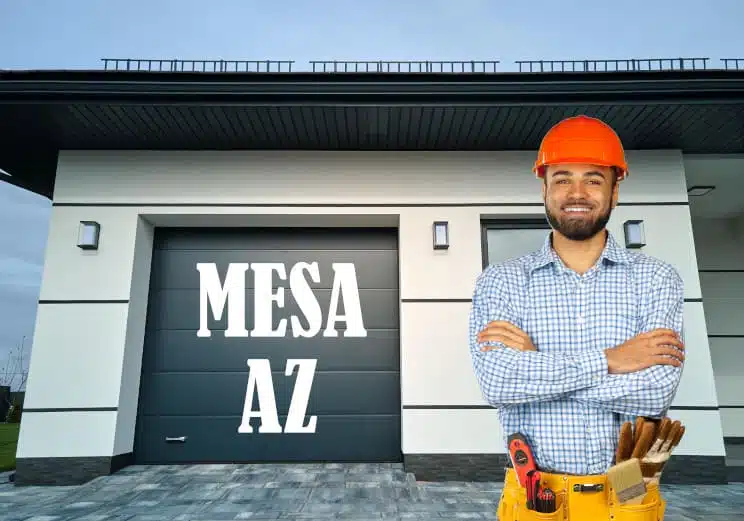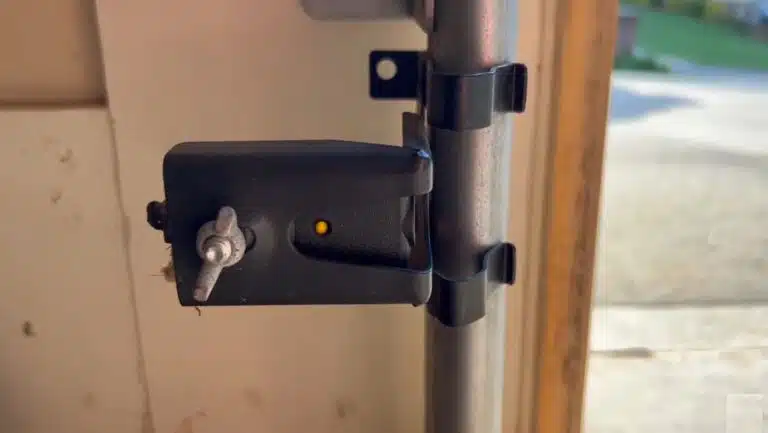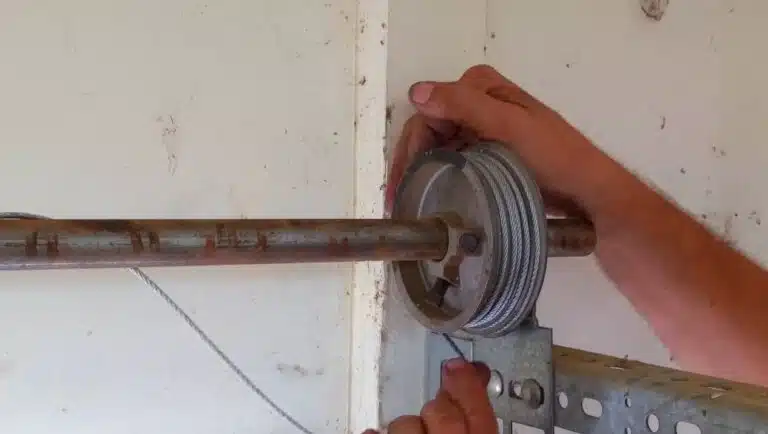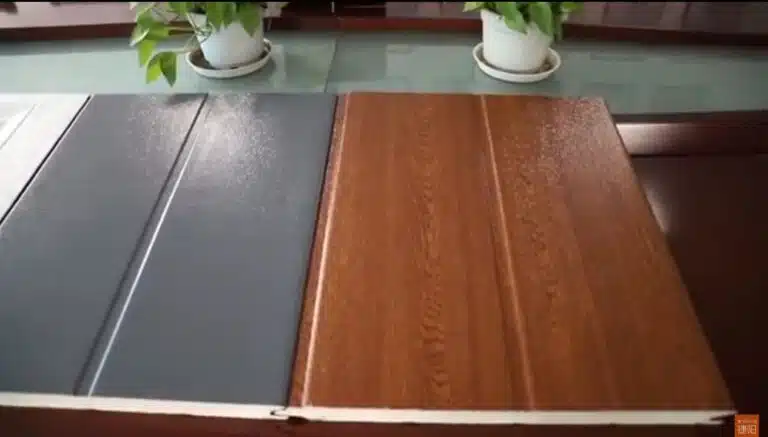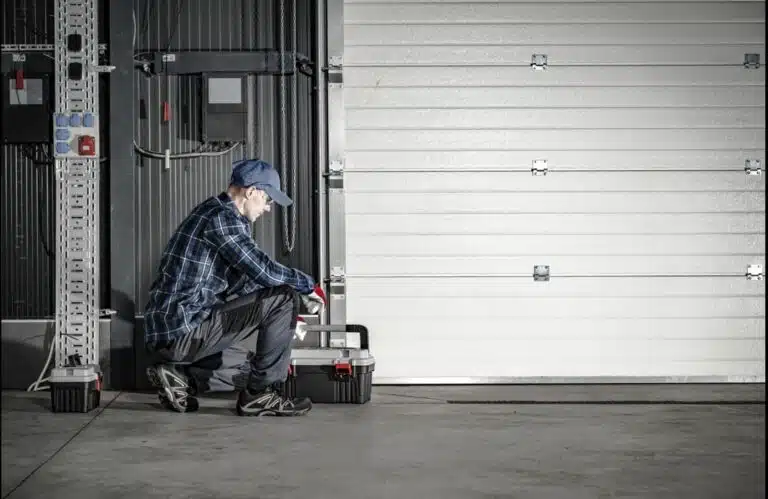We’ve all been there: you hit the button to close the garage door, expecting it to slide shut smoothly, but instead, it just… stops. Maybe it reverses midway down, maybe it doesn’t budge at all, or maybe it closes part of the way then retreats back up like it’s changed its mind. It’s frustrating, right? If you’re stuck with a “garage door not closing” issue, you’re in the right place. Let’s walk through a bunch of possible reasons why your garage door won’t cooperate, along with some easy, DIY-friendly ways to troubleshoot. Here’s hoping we can get that door moving again—let’s dive in!
Step One: Check the Power Source
Before anything else, check if the garage door opener is actually connected to a power source. This might sound overly simple, but hey, it’s usually the small things we overlook. Is the opener plugged in? Is there a breaker tripped? If your garage lights are out too, this could mean there’s a broader electrical issue. Without power, even the most high-tech opener, like your LiftMaster or Chamberlain, won’t move an inch. Just be sure everything’s securely plugged in and your circuit breaker is on.
Spot the Blinking Light
Garage door openers are like the car dashboards of home appliances—they have blinking lights to tell us when something’s up. On a LiftMaster, Genie, or Chamberlain opener, a blinking light is usually a sign of trouble, and these brands have their own coded light blinks to alert us of specific problems. For example, a blinking light could mean an issue with the safety sensors or an obstruction on the tracks. If your opener is flashing, grab the manual, or better yet, jump onto Reddit to see if anyone else with your model has had the same problem. You’d be surprised how many quick fixes you can find there from folks who have been through it already.
Safety Sensors Not Aligned? That’s a Biggie
Here’s a common culprit. If your garage door starts to close, then immediately reverses, it could be the safety sensors. These sensors are there to make sure nothing (or no one) gets squashed by the door. If they aren’t lined up just right, they’ll stop the door from closing. This misalignment can happen for any number of reasons—someone might have bumped into them, or maybe they got jostled out of place over time.
- Clear Obstructions: Sometimes, a bit of dirt or debris might be in the way. Wipe the sensors down to make sure nothing’s blocking their path.
- Realign Sensors: Make sure each sensor is pointing directly at the other. Look for a solid LED light on both sensors, which signals alignment. If one or both are blinking, they’re still misaligned.
The Remote Control – Could Be the Issue
If you’ve got your remote in hand and the door’s still not budging, it might be a remote issue rather than the door. Try using the wall switch. If it works with the switch but not the remote, you might need a new battery or even a quick reprogramming. Some older LiftMaster and Chamberlain models need occasional remote re-syncs, so check your manual or search online for steps. It’s usually a quick fix and could be just what you need.
Using Manual Mode to Close the Door
Sometimes you’re in a rush and just need to get that door down. Did you know most garage doors can be operated manually? Here’s how: look for the release cord, usually hanging from the opener with a red handle. Pulling this cord will disengage the motor, letting you move the door up or down by hand. Be careful, though—garage doors can be heavy, and it’s best to have help if the door feels too hefty to handle solo.
A Word of Caution: Only switch to manual mode if you’re comfortable handling the door’s weight. And if the door seems stuck or jammed, don’t force it. Forced movement can lead to more issues.
Adjust the Limit Switch – A Simple Fix for Reversing Doors
Ever noticed your door goes down, hits the floor, then pops back up? Or maybe it doesn’t even make it all the way down? That could be a limit switch issue. The limit switch controls how far the door goes down, and if it’s set incorrectly, the door might think it’s hitting an object and reverse itself.
- Locate the Limit Switch Adjustment Screws: These are usually on the opener unit. Turn one of the screws (small adjustments work best) to tweak how far the door travels.
- Test and Adjust Again: After each adjustment, try closing the door again. It might take a few turns to get it just right, especially with brands like LiftMaster that are more sensitive to limit settings.
Inspect the Tracks and Rollers
Garage door tracks and rollers do a lot of heavy lifting (literally). If they’re bent, dirty, or out of alignment, they can stop the door from closing smoothly. Take a look at the tracks along each side of your garage and check that they’re straight and clear of debris.
- Clean the Tracks: Dust and grime can build up over time, causing the door to get stuck or slow down. A quick wipe-down might be all that’s needed.
- Realign the Tracks: If you notice a gap between the door rollers and tracks, you might need to carefully realign them. Use a level to ensure the tracks are straight, but avoid loosening any bolts too much.
Cold Weather or Temperature Changes
Did you know that weather can impact your garage door’s performance? In colder climates, parts might contract, making it harder for the door to function smoothly. So if the issue is more frequent in winter, temperature changes might be the hidden culprit here.
Call in the Pros If Needed
If you’ve tried everything and the door’s still acting up, it might be time to call in a professional. Sure, there’s a lot you can do yourself, but sometimes, the issue is more complex than it seems. And while we love a good DIY project, it’s worth getting help when it comes to heavy-duty equipment like garage doors.
Summary Recap
- Check the Power: Make sure everything’s plugged in.
- Spot the Blinking Light: Troubleshoot codes based on the opener’s brand.
- Align the Safety Sensors: Make sure they’re clear and aligned properly.
- Test the Remote: See if the wall switch works but the remote doesn’t.
- Manual Mode Option: Use the red cord to close manually if needed.
- Adjust the Limit Switch: Ensure the door travels the correct distance.
- Inspect Tracks and Rollers: Keep them clean and aligned.
- Consider Weather Effects: Cold can impact performance.
Final Thoughts
Having a garage door that won’t close can feel like a big deal, but often it’s something simple you can fix on your own. From adjusting the limit switch to aligning sensors or checking power, there are plenty of steps you can try before bringing in a professional. And if you do need help, pros are just a call away. Here’s hoping these tips get your door back on track—and save you from some garage-door-related headaches!

